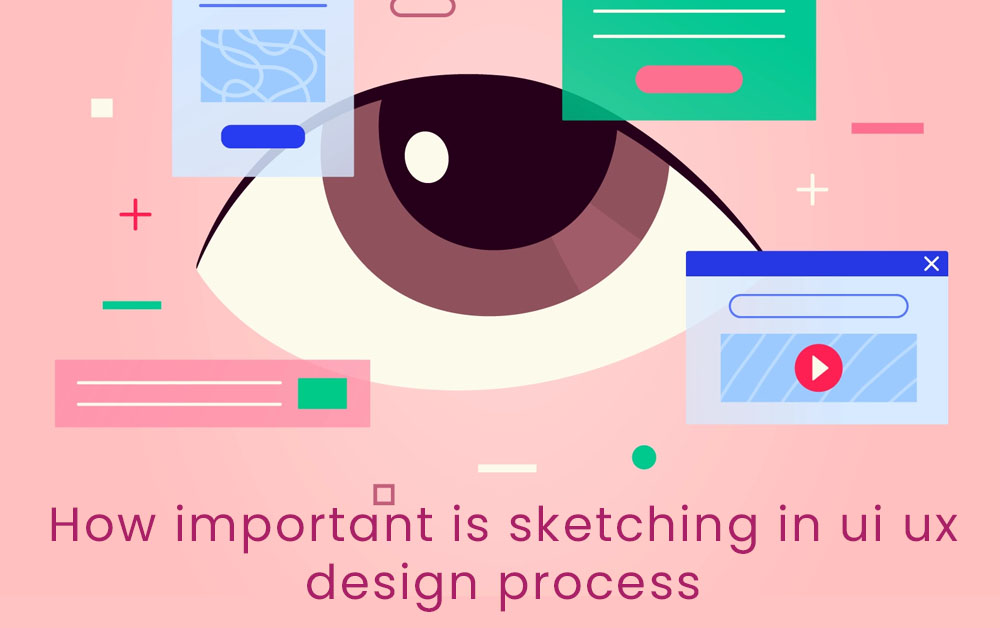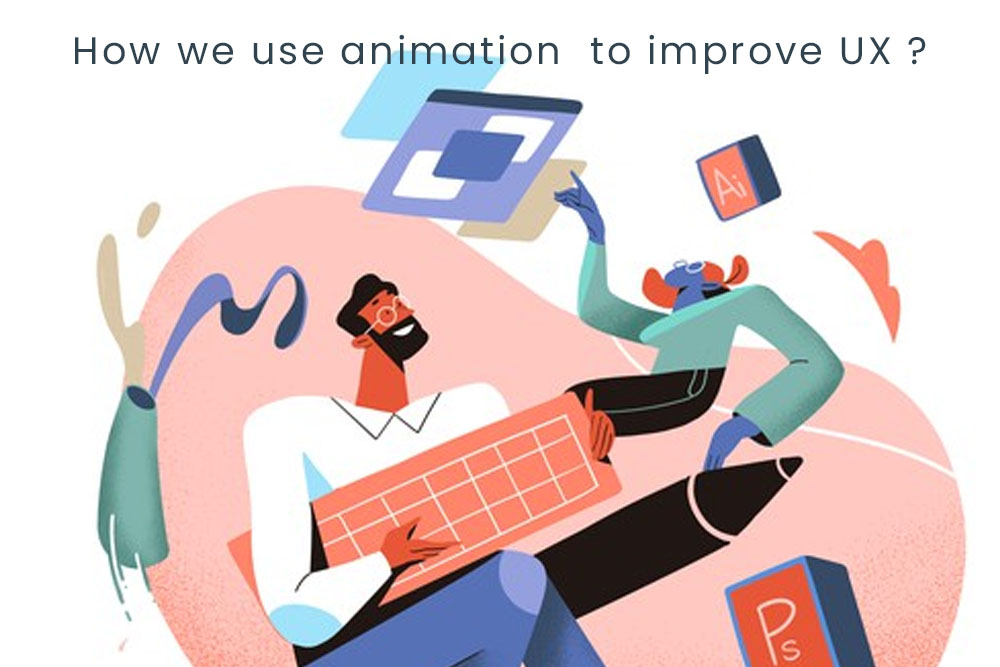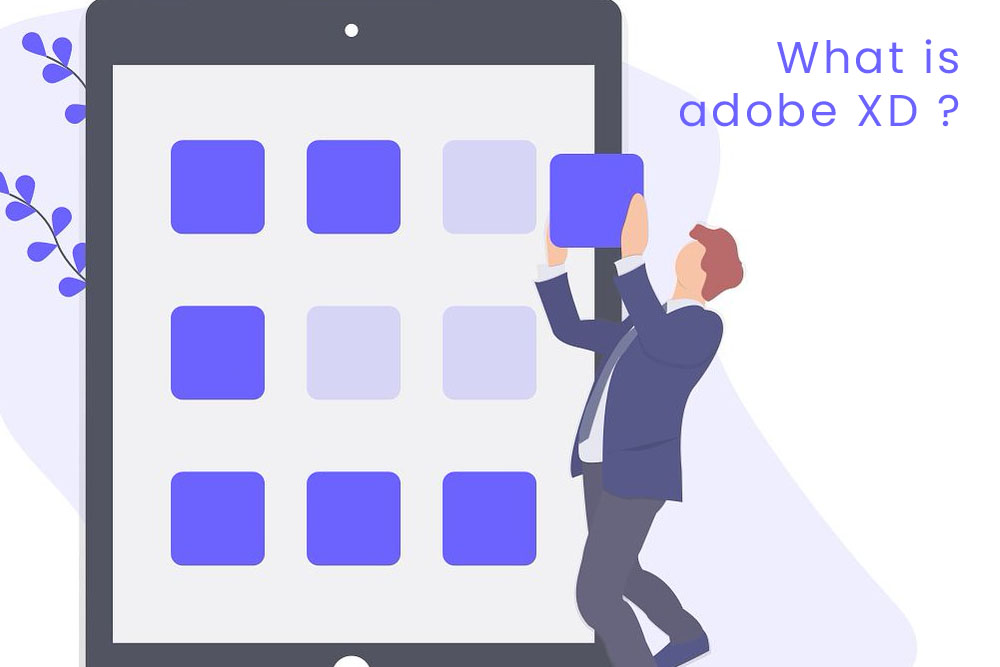An important technique that is used in designing of user interface (UI) and user experience (UX) is sketching. Sketching helps designers to quickly develop ideas and understand the finer details. Sketches are made using a variety of media, such as pen or pencil, using paper, paint on glass or on a computer screen. It is an important tool for developing the concept of the design in a low-fidelity way.
Sketching is an important part of UX design process and it aids the designers to look at their designs from different angles before moving into creating any digital prototypes or high-fidelity mockups.
What are the benefits of sketching?
Sketches are a quick way to get your ideas on paper. They can be used in any industry and are a great tool for brainstorming or creating new concepts.
When you sketch, you’re able to visualize your thoughts, organize them and make them more concrete – all before you move to the next stage of the creative process. Here are some ways that sketches benefit the creative process:
- It helps with clear thinking
- It allows more ideas to come up with each sketch
- It makes it easier for others to contribute their ideas
- It can help get rid of writer’s block
- You’ll be able to see potential problems that might arise when developing the idea further
How do you sketch an UI UX designs?
This essay is intended to help you learn the process in making great UI UX designs.
The most important part of this design process is research. You have to know your audience and know their wants and needs before you start designing or else it will be difficult for you to create a product that meets their needs.
Here are some things that you should keep in mind at all times:
- The person for whom the product is intended
- How the product will interact with its environment
- The goals of the users of the product
What are the steps involved in sketching the user interface?
User interface design is an essential part of the UX design process. This type of design is also known as user-interface (UI) design and digital interface design. The steps involved in sketching the user interface are well-defined, but it’s still not a straightforward process.
The different steps in sketching the user interface are:
Sketching, Wireframing, and Prototyping.
The new user interface design is a relatively new concept and the process of designing an interface is not easy. Designers and UI creators can come up with great ideas, but they need to make sure that they create something that is usable and functional.
The steps involved in sketching the user interface are as follows:
1) Define what you want to do with your product– What are the goals of your app? What does it need to do?
2) Consider your target audience– Who will be using this app? What age group or type of person will you be targeting?
3) Brainstorm ideas for options– This is where you should have a free flow of ideas on paper. Draw out different scenarios for the possible use of your product.
4) Start Sketching – The process helps us to visualize our ideas and bring them to life. It is important to start sketching in order to improve our design skills because it helps us to be more creative and think of better designs. To get started, we need a pen, paper, and some simple tools like a ruler or protractor. We can also purchase some stencils for quick sketches and drawings.
5) Get to the WireFraming – Wireframe is the first digital draft of a website or application. It is often created by designers who have no coding experience.
6) Finally Prototyping – Prototyping is an exploratory method of testing software, which is used in the process of designing user interfaces and user experience.
It empowers designers to create a mockup of an interface and share it with clients during the design process. Prototyping also enables designers to create different interface designs for the same information, explore different options for a design, and set up a framework for better communication between the designer and client.
Prototyping offers numerous benefits when it comes to improving the user experience that traditional wireframes or static mockups cannot provide. It helps to reduce work time, speed feedback time, keep clients informed about what’s going on in the design process, allow designers to explore different design options based on feedback from stakeholders/users/clients/etc., as well
Where do sketches come from and how are they used?
The internet is full of sketches that often come from the minds of talented artists. These sketches are a quick and free way for companies to create designs, logos, advertisements, and more.
Sketches can also be used to promote a new product or service by allowing customers and potential customers to draw on the product in a unique and fun way.
The popularity of sketches has led to an increase in demand for sketch artists. There are many opportunities available for artists considering this field, including freelance work and working with startups.
Demand is not limited only to sketch artists either – there are many opportunities open up in the form of digital marketing, illustration design, animation design, etc.





